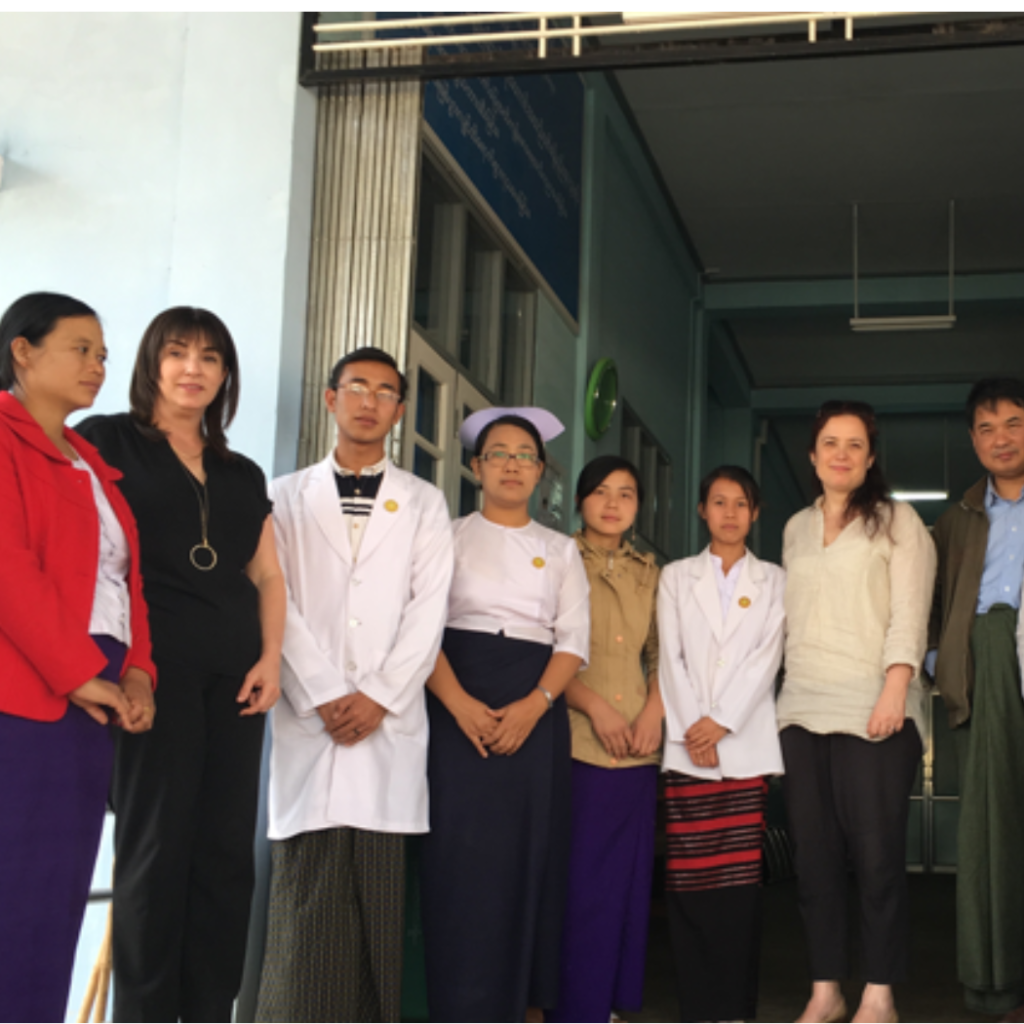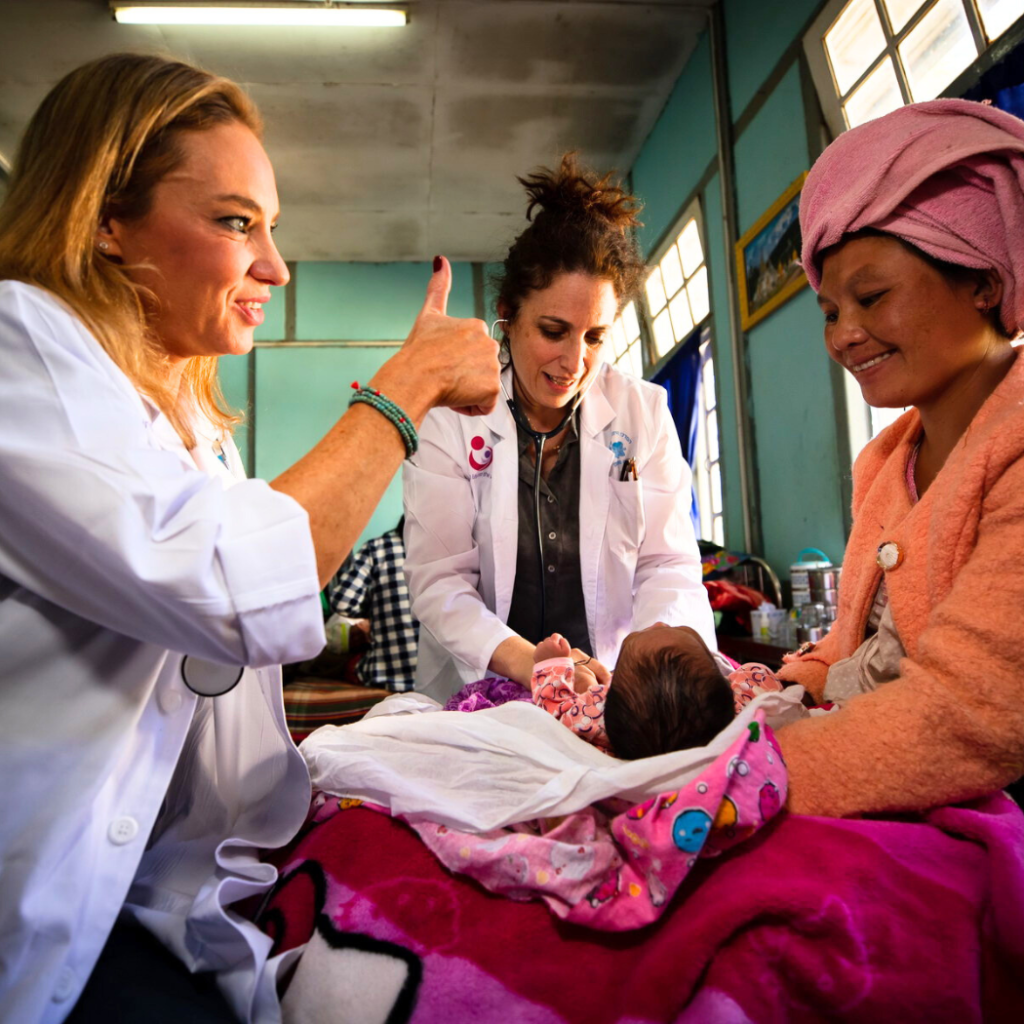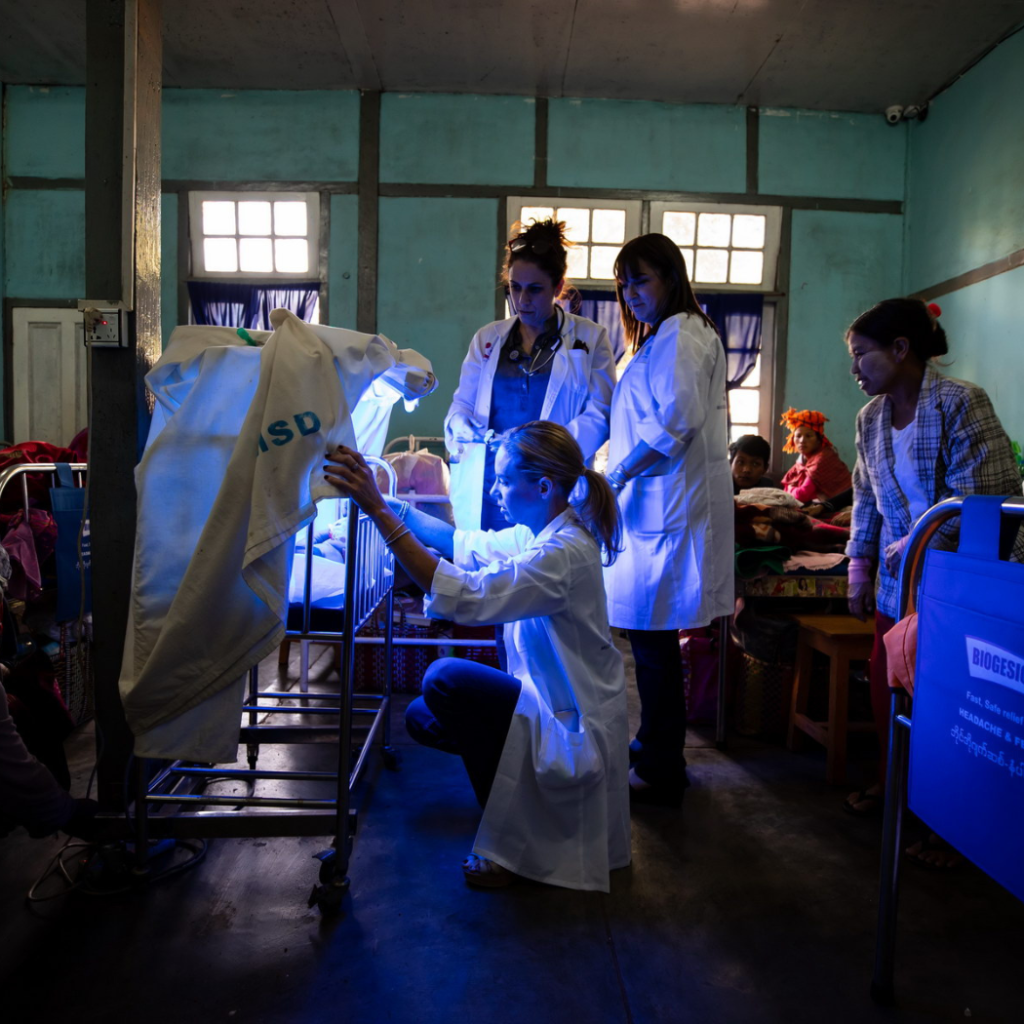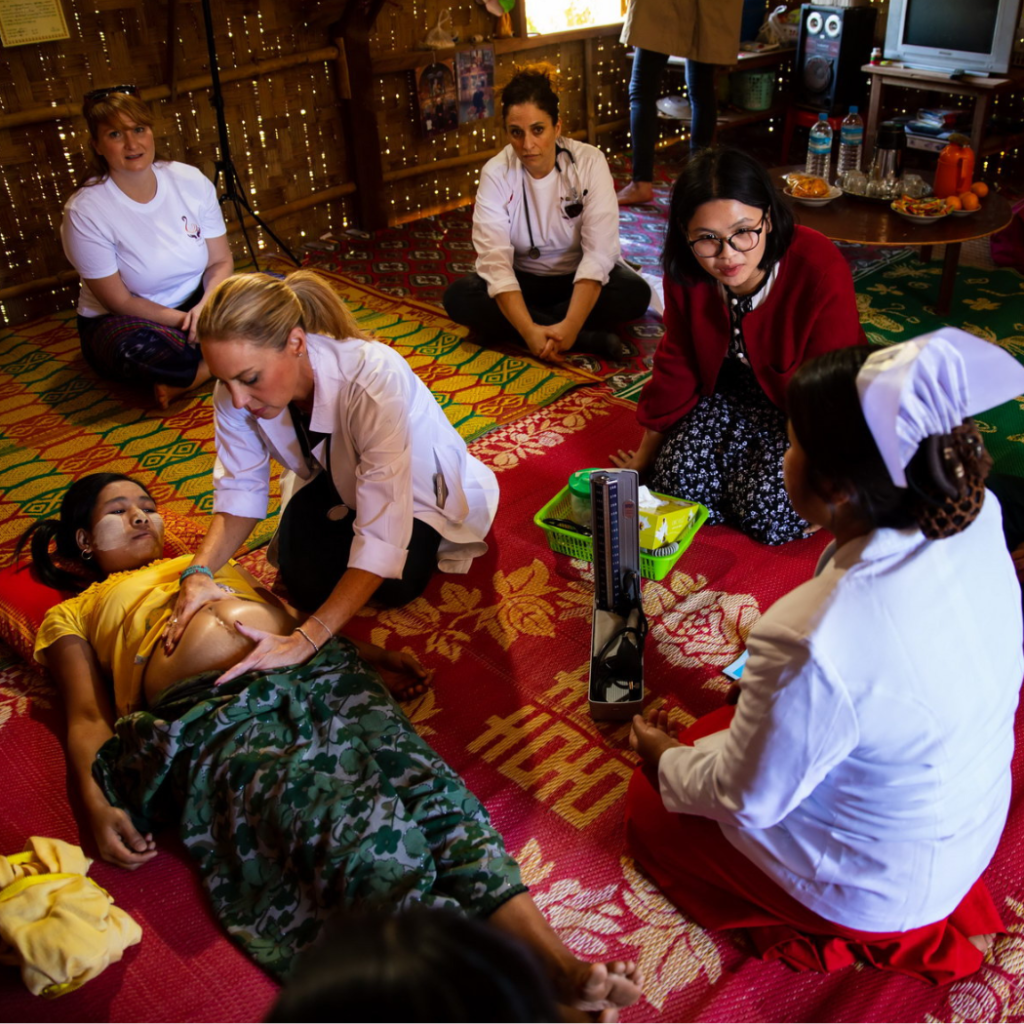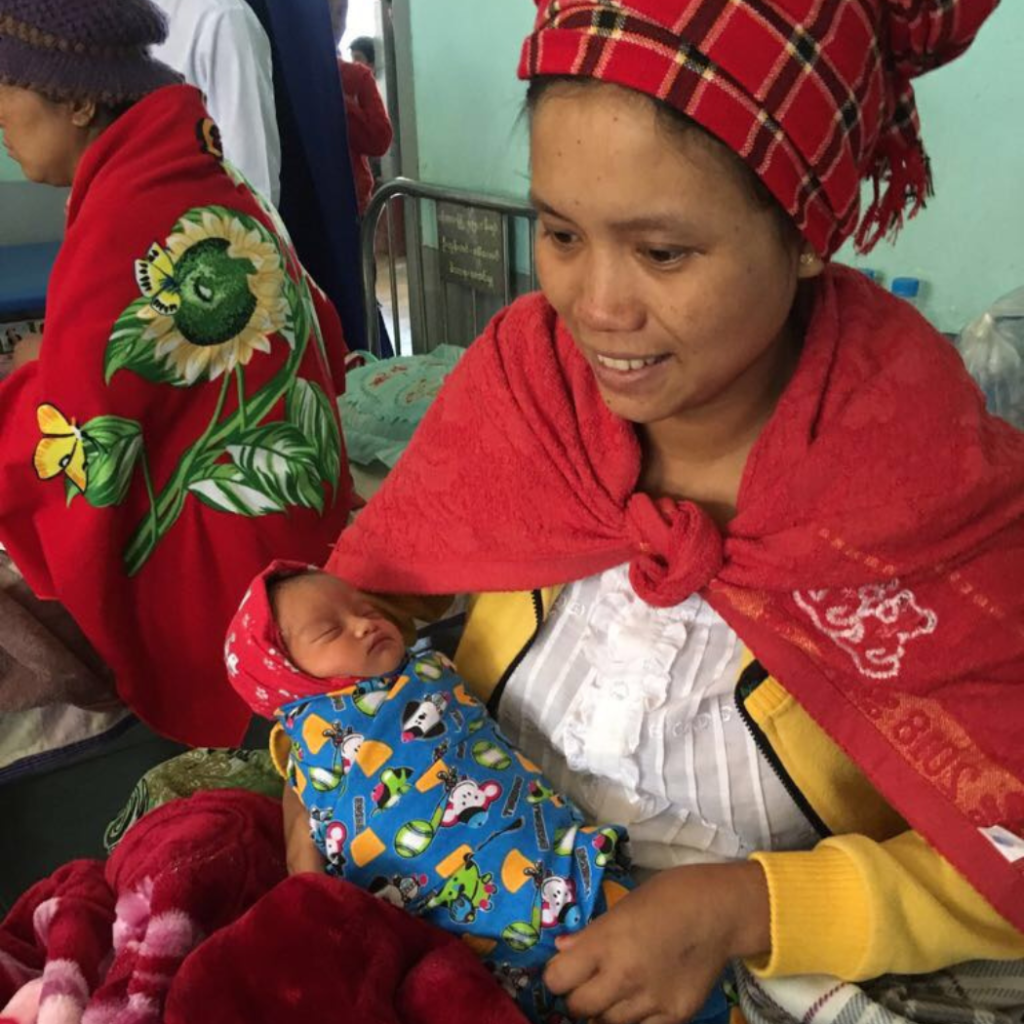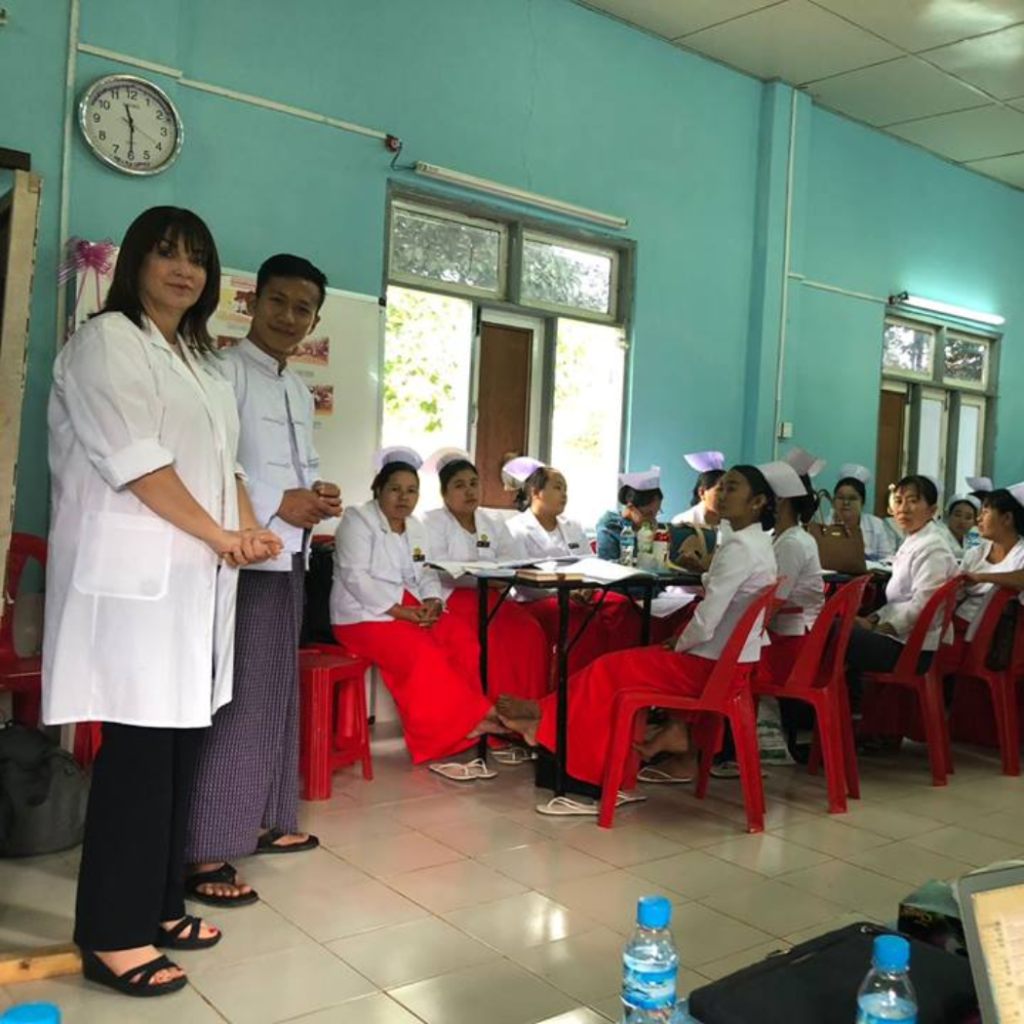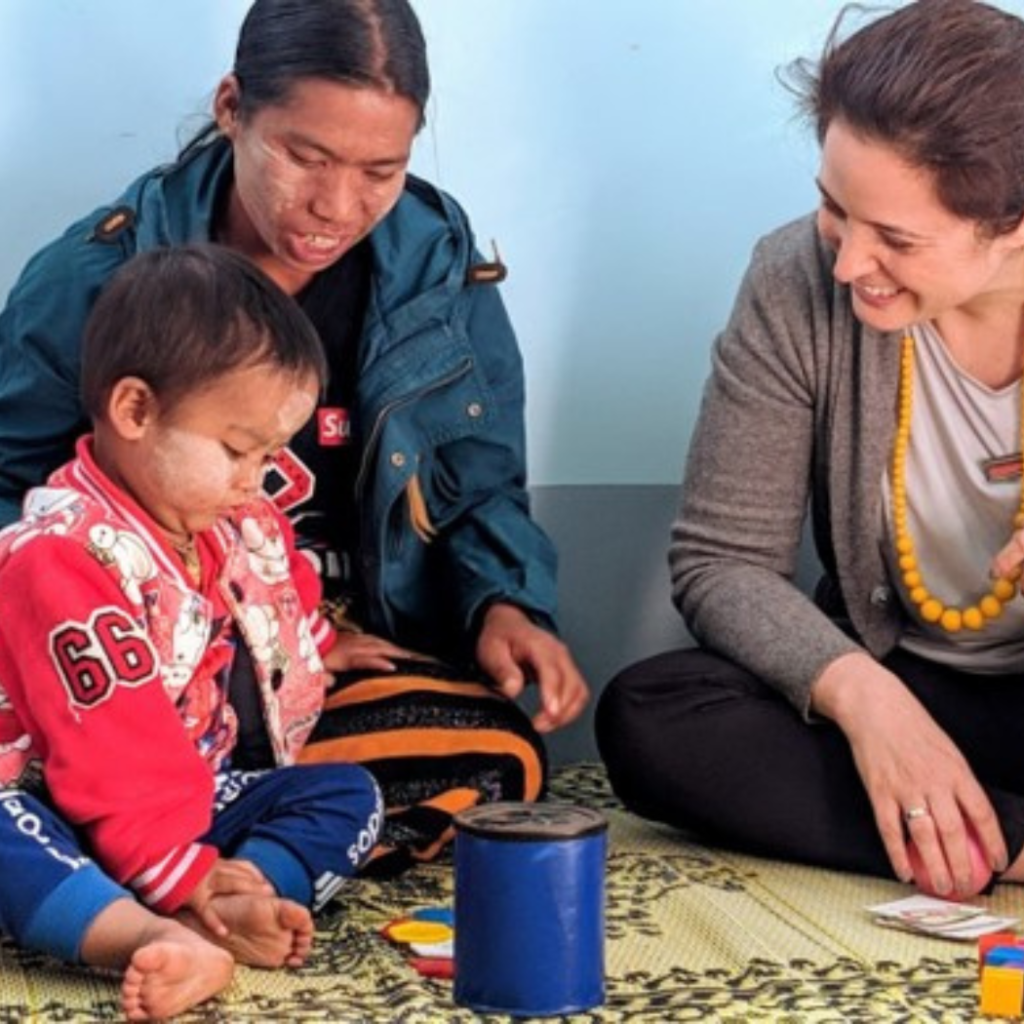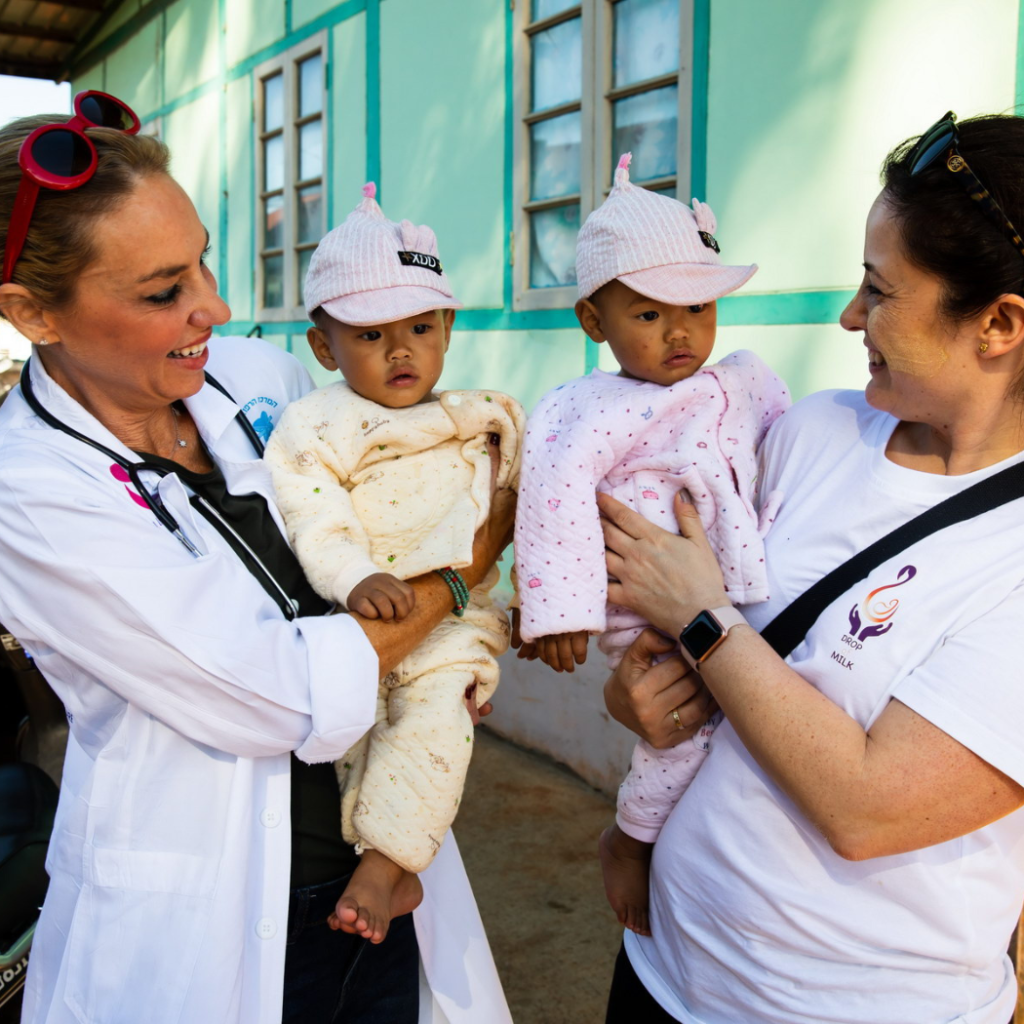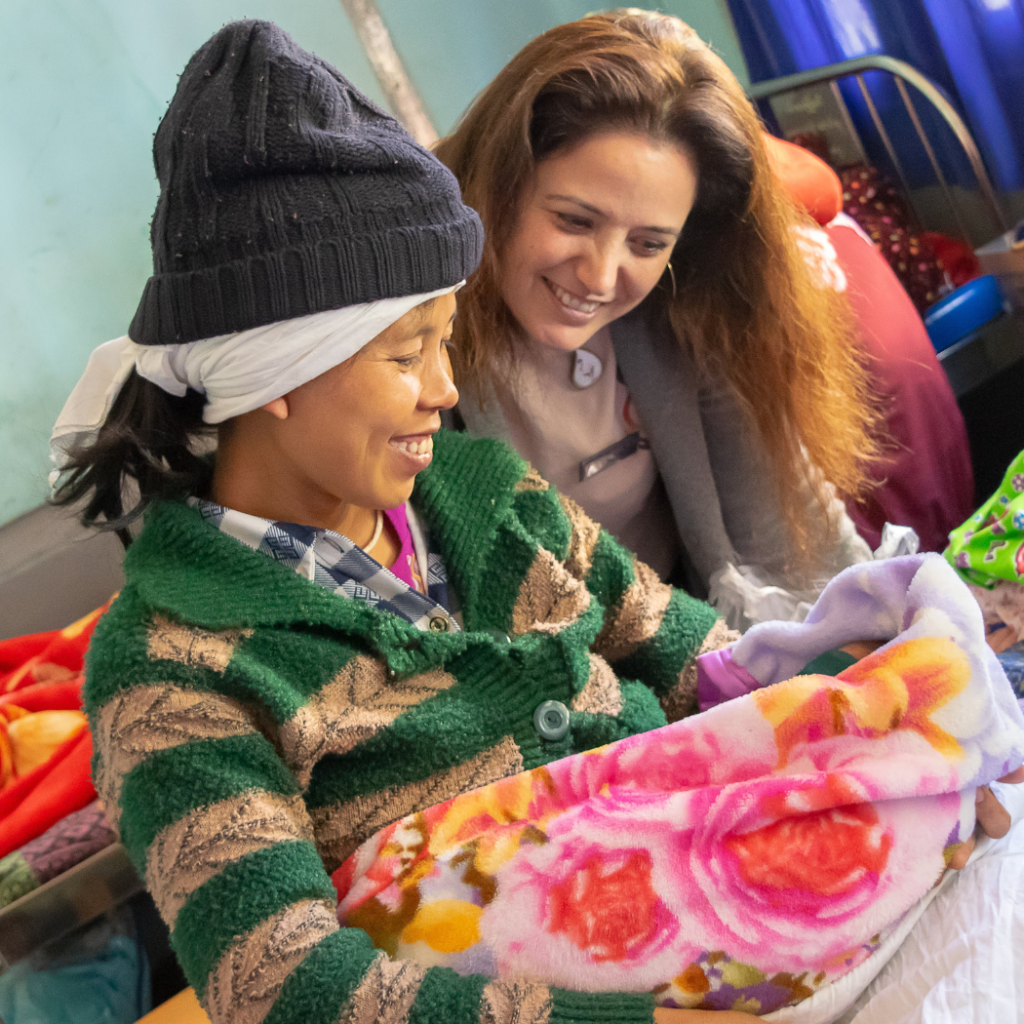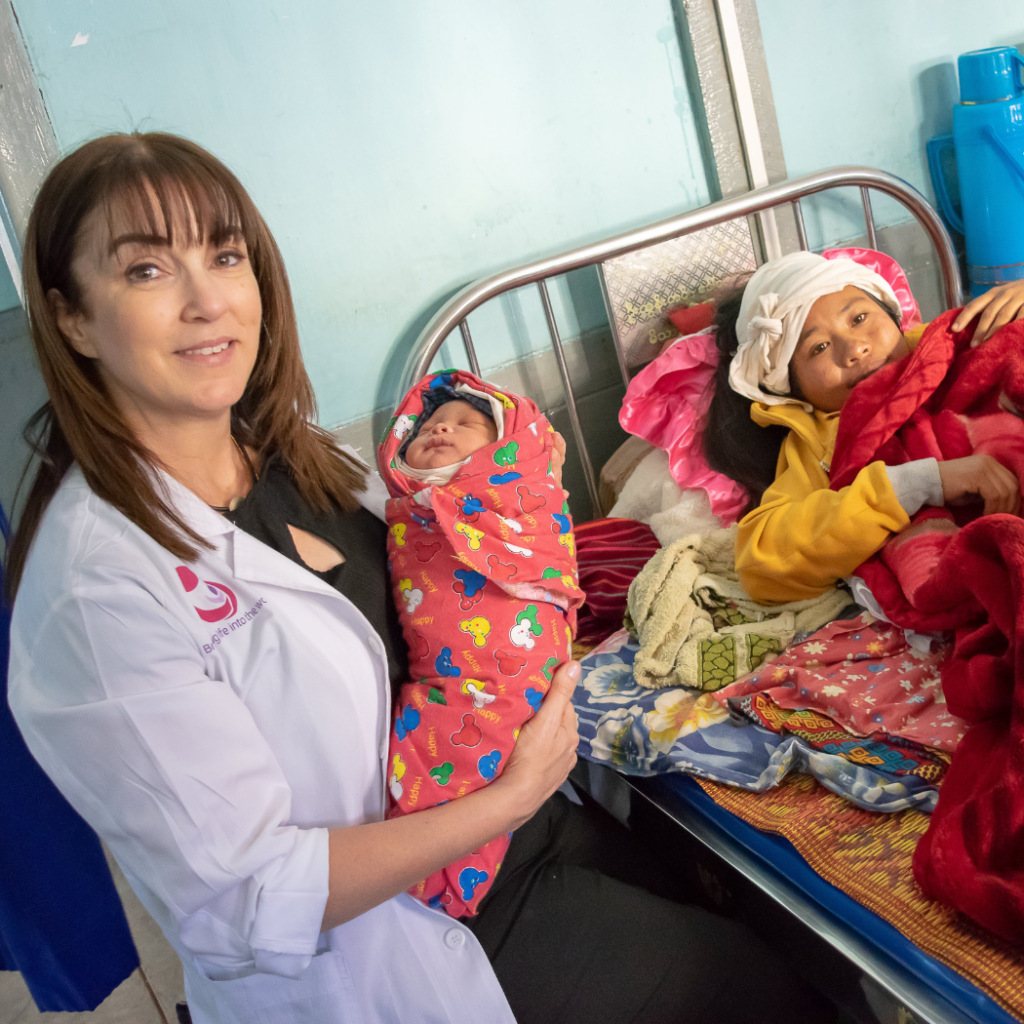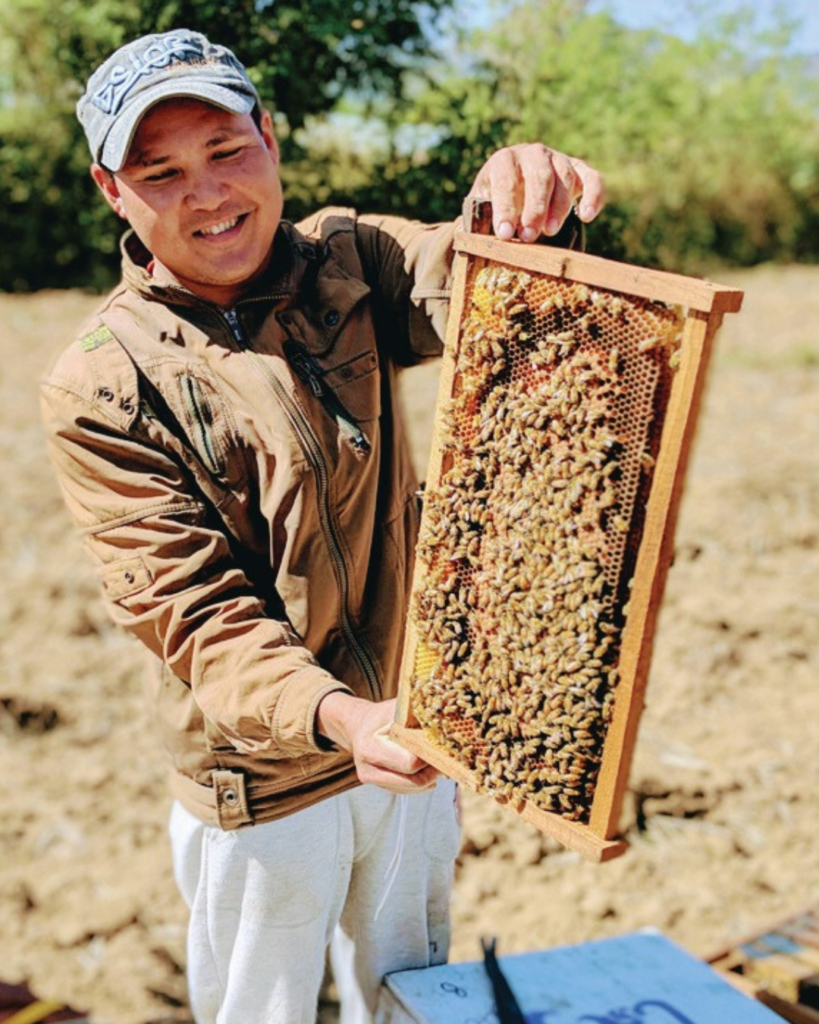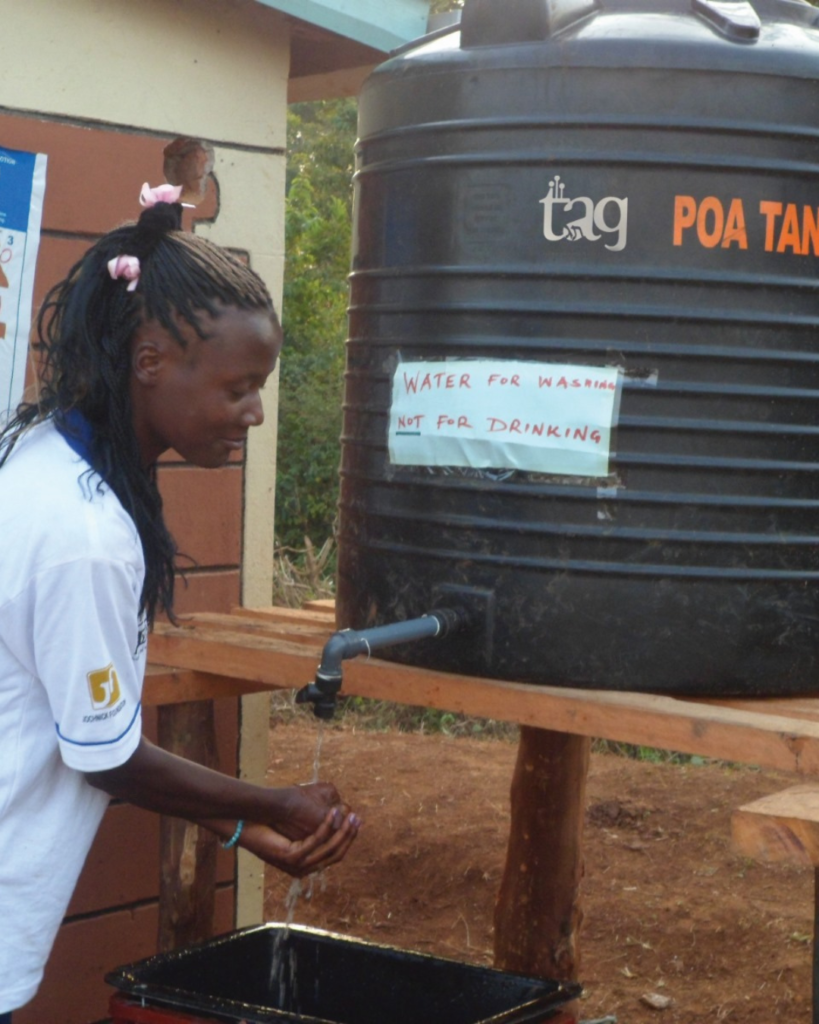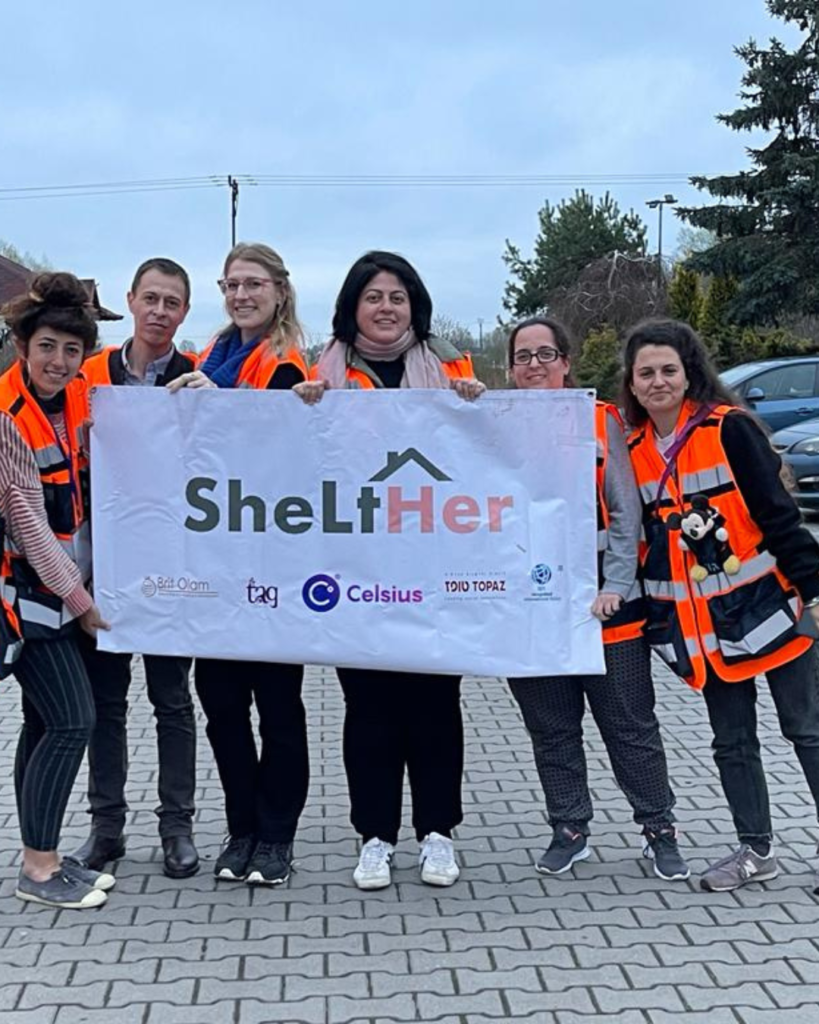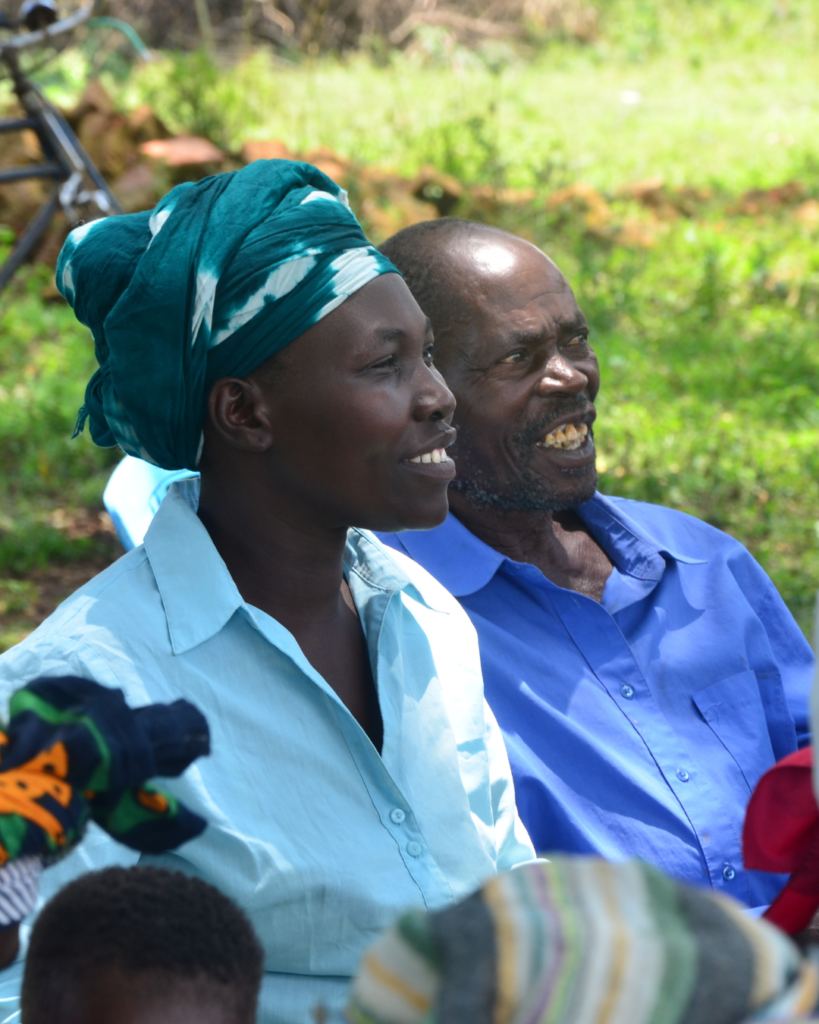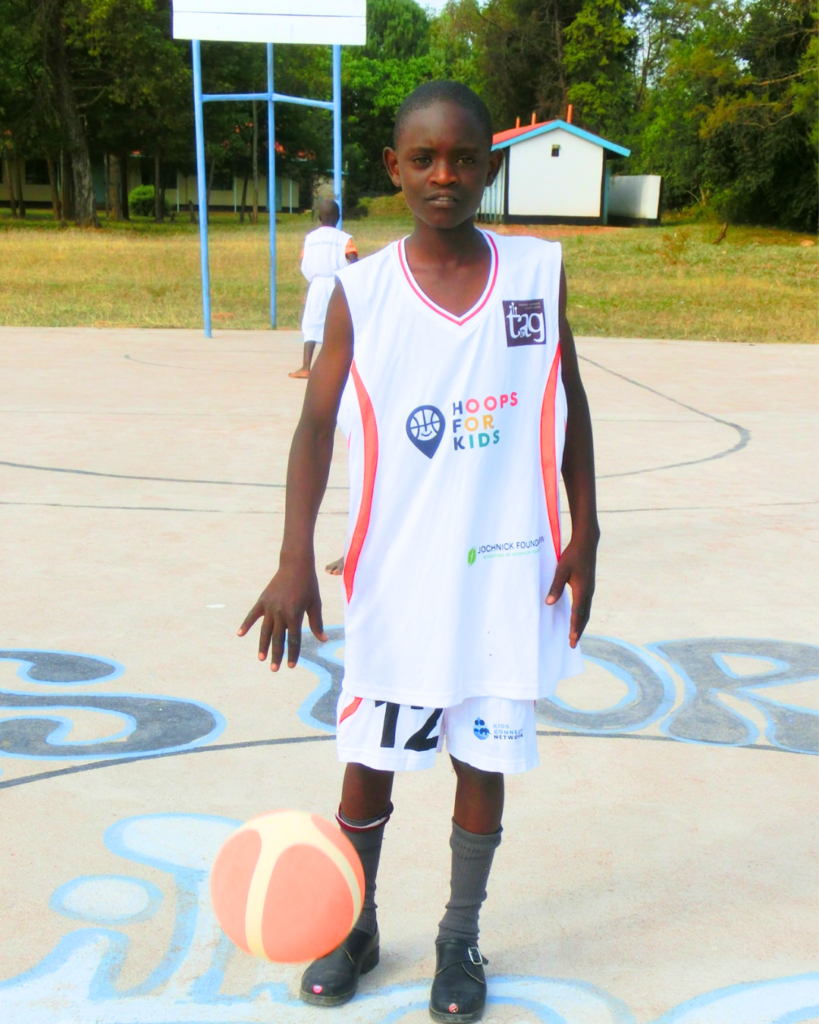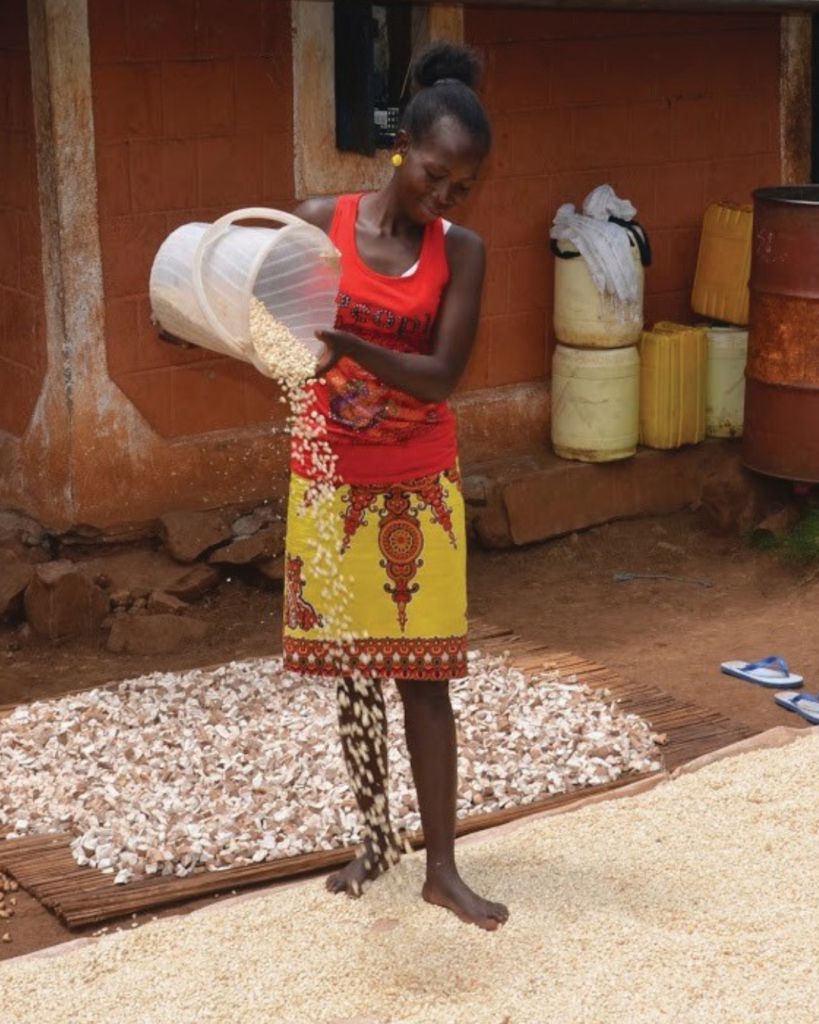A country struggling with a massive shortage of trained midwives, Myanmar (Burma) suffers from a high rate of infant and maternal mortality. In Partnership with Rotary, our project worked to enhance the training and equipment for nurses and midwives in Shan State to improve the life chances of mothers and babies. The project impacted thousands of people across 138 villages in the Taunggyi region of Shan State with 24,900 girls and women of reproductive age.
Called A Drop of Milk, and modeled on the amazingly successful scheme running in Israel since 1921, the project implemented effective monitoring and tracking during pregnancy, introduced early detection of high-risk pregnancies, promoted enhanced hygiene and sanitation practices in healthcare delivery, and provided education and training about child development to community health workers.
Both doctors and midwives received training from Israeli experts in a “Training of Trainers” model – empowering the midwives to train many more auxiliary midwives on healthcare and high-risk pregnancies for mothers and child development up to the age of 5 years.
Several hospitals received life-saving equipment for high-risk pregnancies and births. Some of the equipment is donated by Tel Aviv Sourasky Medical Center, including an ultrasound machine previously unattainable for the local hospital.
A team of Israeli experts delivered training and implementation of knowledge in the hospitals and clinics in the villages. In addition, 50 maternal health kits were distributed to midwives and auxiliary midwives, enabling them to provide in-home care for those unable to reach a clinic.
The project also provided improved equipment, along with training and support in their use, as well as establishing a mobile technology child development system – all to give mothers and babies the vital care they need and deserve.
Equipment included: Electronic fetal monitors, Vacuum assistant delivery systems, Glucometers and accessories, medical kits for nurses and midwives (each including) fetal Doppler heart monitor, glucometer and measuring sticks, stethoscope and manual blood pressure kit, and child development kits that include basic toys/equipment to evaluate child development milestones.
Training covered
- Maternity Care – High Risk Pregnancies and bleeding, Pre-term Pregnancies, and Gestational Diabetes
- Child Development – Typical and atypical development from 0-12 months
- Infection Prevention, Newborn CPR, Nutrition during pregnancy and for newborns, 1- and 5-minute physical assessment of newborns
- Use of an ultrasound machine and kiwi vacuum assisted delivery system
Whilst on the trip to Myanmar, our professionals accompanied the head doctor and his team to a village in the mountains, where they assisted with a health talk and examining the villagers. The OBGYN doctors assisted the doctor in performing a C-section, a vacuum labor, and other procedures in the Pindaya Hospital. Our community health nurse spent the next two weeks in the villages with midwives to oversee the implementation of knowledge and use of equipment.
Field research
The project was created based upon an assessment we carried out with the help of an OB/GYN and a child development expert, who examined the state of maternal and infant health in South Shan State. As a result, we identified four key gaps in maternal and child healthcare:
- Poor hygiene practices in both community health delivery and especially during emergency obstetric surgeries
- Lack of early detection of leading causes of pregnancy complications such as hypertension and gestational diabetes which is exacerbated by the lack of referral and history management systems
- No monitoring and tracking during antenatal care, with most women not receiving the internationally recommended 4 visits. Additionally, essential equipment such as basic fetal heart rate monitors means that even during the interaction between the health staff and the pregnant woman, clear risk signs can go undetected.
- No provision of education to both health workers and communities to understand normal and abnormal child development and ways to asses and address developmental delays
